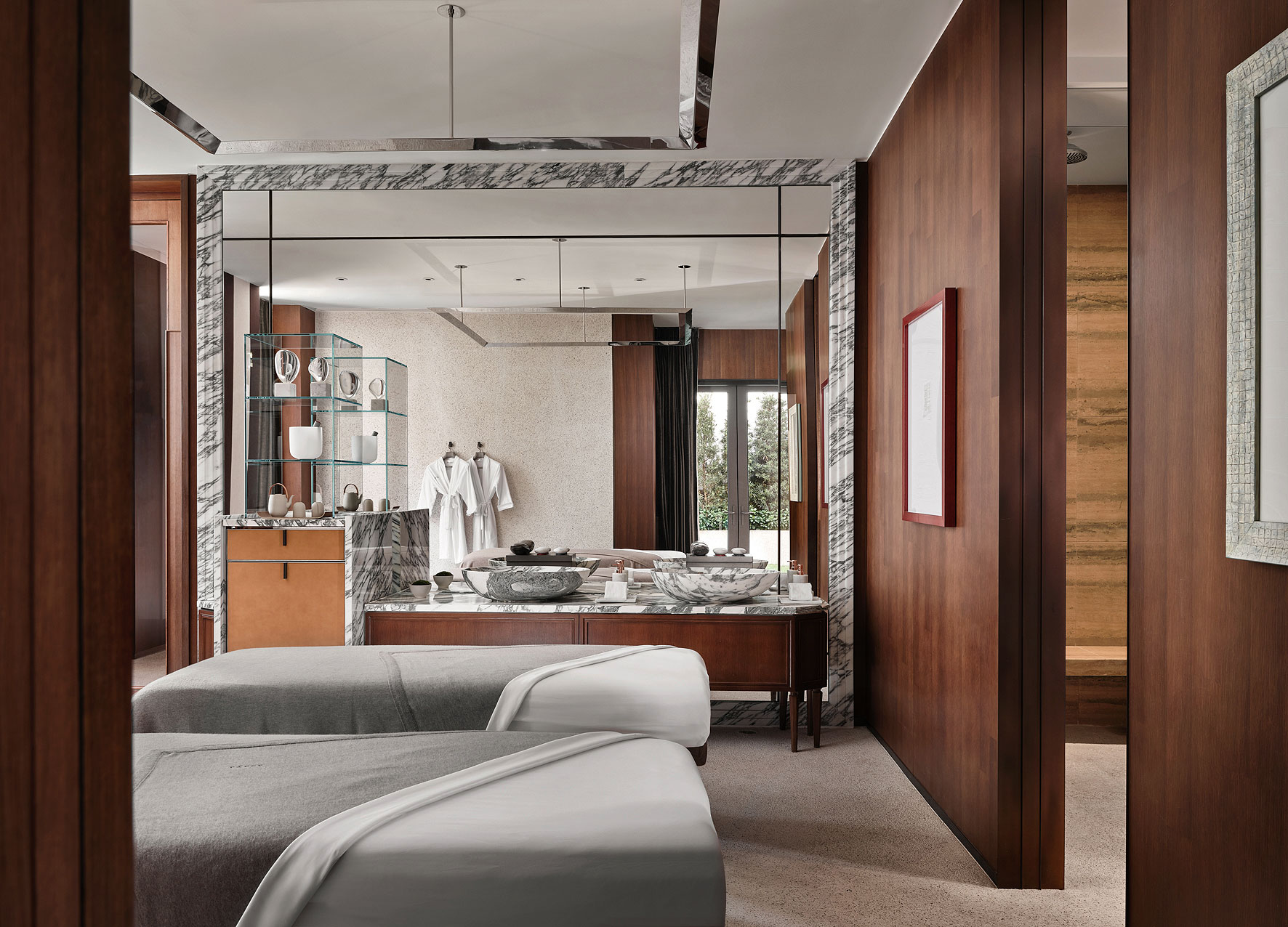
As a luxury residential interior designer, numerous varieties of wood are at your disposal for your upcoming project. If you aim to infuse a touch of elegance into your luxury home, consider incorporating exotic woods into your design. These exceptional materials have a rich history spanning millennia in constructing buildings, crafting furniture, producing musical instruments, and even creating captivating artworks. Here are some of our favorites.
Padauk
Padauk, a tropical hardwood tree originating from the West African forests, is typically seen in shades of red or reddish-orange. With a hardness akin to mahogany, it excels in crafting musical instruments, furniture, cabinets, and flooring. Its fine grain makes it ideal for detailed carvings. This wood is also commonly referred to as African Mahogany.
Purpleheart
Purpleheart is a hardwood known for its rich purple hue. It finds frequent applications in crafting musical instruments, furniture, and intricate carvings. Notably, this wood is ideal for knife handles due to its durability, ensuring your blade stays sharp longer.
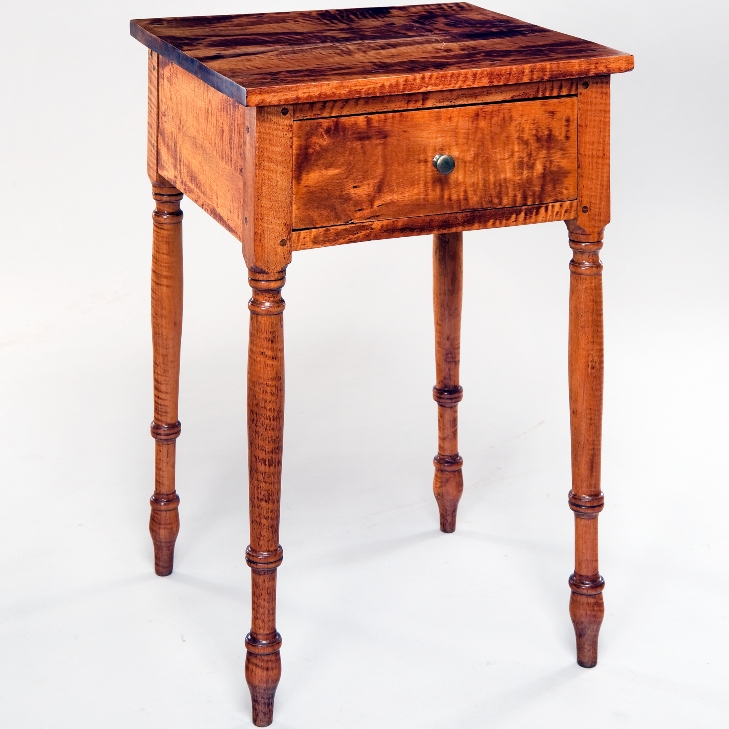
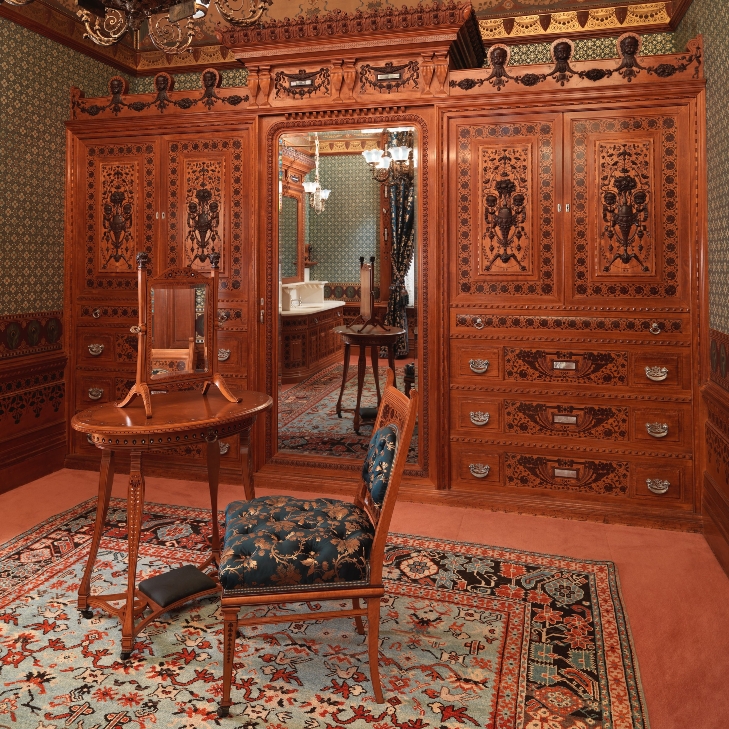
Zebrawood
Zebrawood, originating from Africa, showcases creamy white to yellowish-brown shades adorned with dark brown stripes. Contrary to its name, zebrawood encompasses various wood types under the Meliaceae family rather than a single tree species. The most renowned variety, Dalbergia melanoxylon, has been extensively harvested in Cambodia and Thailand since the mid-1990s. Zebrawood is a remarkably dense hardwood, unwieldy due to its weight and strength. Its high oil content renders it susceptible to fungi and insect attacks, although this is atypical when living in areas far removed from these pests.
Bubinga
Bubinga is robust and durable hardwood, prized for its strength. It boasts a striking reddish-brown hue accentuated by elegant black streaks, making it visually appealing. This versatile wood is commonplace in crafting furniture, flooring, and paneling.

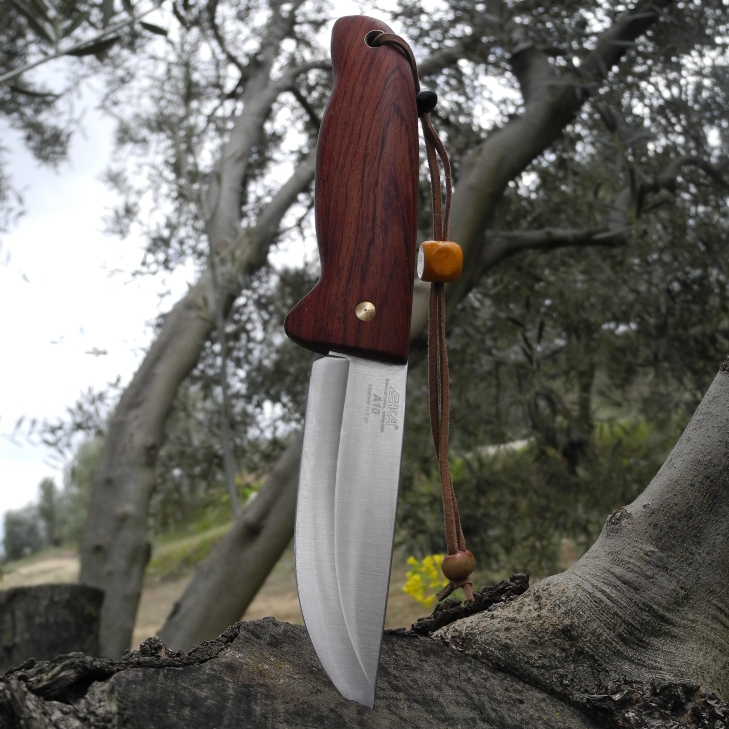
Rosewood
Rosewood, among the most sought-after exotic woods, is characterized by its hardness and density, boasting a straight grain and fine texture. Its natural colors range from reddish-brown to dark brown, often adorned with darker streaks. The heartwood typically displays shades of pinkish-red to purplish-brown or dark brown. Rosewood can undergo bleaching, resulting in a whitening or yellowing due to iron oxide staining (commonly done before sale). Renowned for their weight, strength, and shock resistance, rosewoods are workable on all sides. Take caution when cutting across the end grain, as it tends to split easily during planing or sanding—a common trait among exotic woods. When properly dried, rosewoods exhibit excellent dimensional stability, minimizing any shrinkage.
Pterocarpus
Pterocarpus angolensis, commonly known as African Blackwood, is a robust and heavy wood renowned for its durability and insect resistance. This hardwood is home to musical instruments, furniture, flooring, and veneer. African Blackwood trees can reach towering heights of up to 30 meters, with trunks measuring up to three meters in diameter! These trees are infamous for their red, blood-like sap, earning them the colloquial moniker “Blood Tree.”

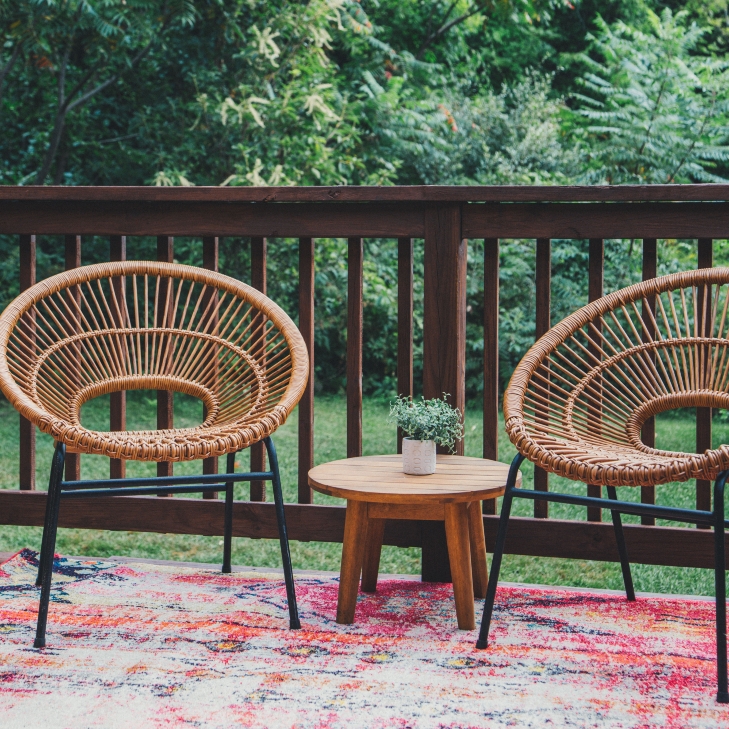
Implementation
When aiming to enhance your home with a distinctive touch, consider incorporating exotic woods into your next project. Once you know how to recognize them, you will see them everywhere in furniture, flooring, and various construction projects due to their exceptional visual appeal and durability. Homeowners should note that finding exotic woods can be a challenge. However, numerous online options offer access to products crafted from different wood types. While every wood variety possesses unique characteristics and advantages, whether sourced domestically or imported globally, exotic woods often provide additional benefits owing to their rarity and distinctive appearance. Their uniqueness comes at a cost, as they tend to be pricier than traditional domestic species like oak or maple.
As a luxury residential interior designer, incorporating exotic woods can lend a distinctive elegance to any home, and they come in a diverse price range. It’s crucial to understand the unique qualities of each wood type when designing. This knowledge will guide you in selecting the perfect look for your space. If you’re seeking fresh ideas on decorating with exotic woods, we hope this article has sparked your creativity and inspired your next design endeavor.
To read more of our design content, please visit our Journal Page.